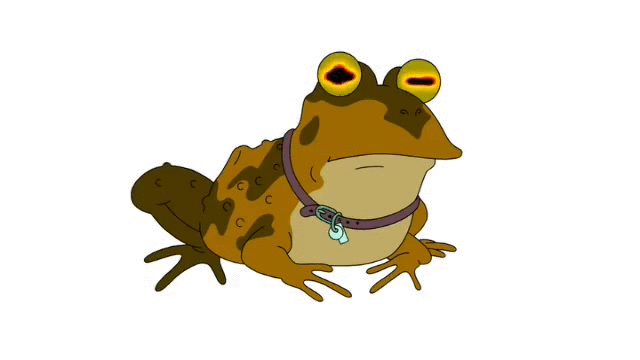Today’s Saturday Short is “Arranging the Buffet Supper” from the Keeping Up Appearances collection. It’s about the buffet supper and how to arrange it.
It begins with June calling her grandma. She wants to know what the correct etiquette is for a buffet supper. What foods should she serve and what arrangements should she make…oh wait, this isn’t a buffet supper. It’s a boofay supper. I guess she’s also called the Bucket residence and invited the lady of the house. Better get out the Royal Doulton china with the hand-painted periwinkles.

Now it’s the afternoon of the party. Grandma comes over to help June properly arrange her boofay supper. It’s different from a buffet supper because it’s served later in the evening when people only want a late meal, a pre-Taco Bell fourth meal if you will. Chairs will not be needed since no one will be crass enough to sit down at a boofay table. Just to make sure none of the socially less fortunate make such a faux pas, Grandma and June put the chairs along the walls.
Now for the tablecloth. A plain linen tablecloth is appropriate for a boofay. However, it must be laid smoothly with the edges hanging evenly. Even the least hint of asymmetry will ruin the entire party, so get your yardstick out and make sure those edges are perfect!
Next up are the proper decoration. June wants candles, but since this isn’t a candlelight supper she can’t use the good candlesticks. In fact, it’s best not to have candles on the table at all. How about a centerpiece of fruit piled on a plate? That’s fine, but make sure it’s in the exact center of the table. Use surveying equipment to make sure it’s not even a smidge off center. And for the love of all that is holy, do NOT shift the tablecloth when you’re placing the centerpiece! Are those edges still even?
Now the dinnerware. It needs to be placed so that guests can serve themselves easily, so put everything in the order in which it will be used. Lay out the forks stagger fashion for easy pickup. A boofay is a simple meal to be served simply, but the layout of the plates and utensils is anything but simple. Put the dinner plates next to the forks since they will be picked up next. Is the centerpiece still in the exact center of the table?
The main dish is a Mystery in a Casserole Dish. All we know is that it’s hot. It could be a meat pie, mac and cheese, Schrödinger’s cat, whatever you want it to be. There is also a cold dish to balance the hot dish. Unlike the hot dish, it is not a mystery but tomatoes stuffed with cottage cheese. (Ew.) June calls this a salad.
They really stretched the definition of “salad” to its ultimate limits in the postwar years, didn’t they?
The sides can be placed between the hot and cold dishes. One side is a silver basket of pre-buttered rolls in a napkin. The napkin is cloth which is both classy and difficult to remove grease stains from. The other side is the “relish” or hors d’oeuvres or crudites or, if you’re truly socially inept, a veggie tray. Those calling it a veggie tray will be sent out of the boofay in utter disgrace. You didn’t shift the tablecloth putting those dishes down, did you? Check them with the laser level just to be absolutely sure.
Dessert is a cake which requires new forks, plates, and a cake knife. Once the dessert forks have been properly staggered, the boofay table is complete. Just one more check to make sure the centerpiece is still in the mathematical center of the table and the edges are perfectly even all around. Done!
Not done! What about the drinks? Milk and punch are ready on the buffet next to the boofay table. If this were an adult party, there would be coffee or tea instead. (The liquor is in the bathtub.)
Now they’re done! June and Grandma admire their work. The exact obsessive positioning of every object on the table reflects the soul of etiquette. If the tablecloth is even one millimeter longer on one side than the other, if the centerpiece is only a fraction of a slice of a measurement off true center, you will be rightly shunned by all and your family will be cast out of town, never to be spoken of again.
Enjoy the meal, everyone!
